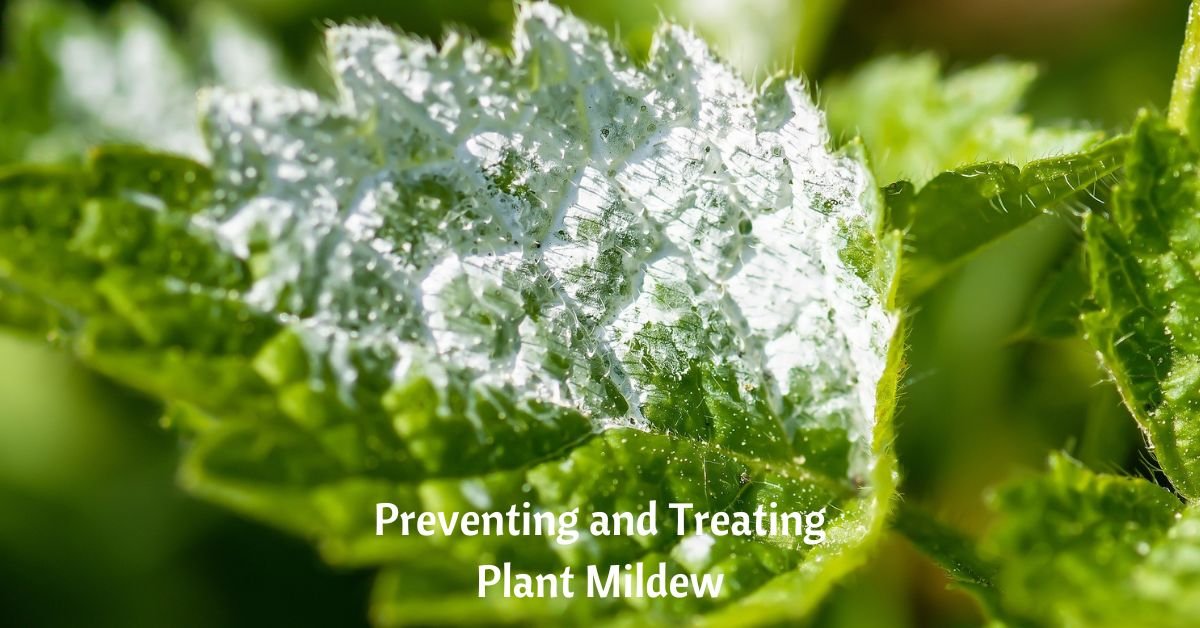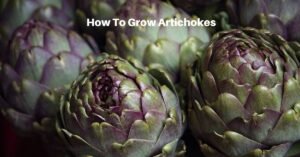The telltale white or gray patches that indicate mildew are a common and frustrating problem for many gardeners. This fungal disease can affect a wide range of plants, from ornamentals to vegetables. If left unchecked, it can harm your garden’s overall health.
Let’s have a look at what mildew is, why it occurs, and most importantly, how to protect your plants from this troublesome menace.
Understanding Mildew
Mildew is a fungus that thrives in warm, humid conditions. It typically appears as a powdery or fuzzy substance on the leaves, stems, and sometimes even flowers of plants. Two common types of mildew you may encounter are powdery mildew and downy mildew.
- Powdery Mildew: This type of mildew often presents as white or grayish patches on the upper surfaces of leaves. It can affect a wide range of plants, including roses, cucumbers, and zinnias.
- Downy Mildew: Downy mildew appears as yellow or brownish lesions on the undersides of leaves. Plants like cucumbers, basil, and grapes are the most susceptible.
Why Mildew Occurs
Several factors contribute to the development of mildew in your garden:
- Humidity: High humidity levels create favorable conditions for mildew. It thrives when the air is moist.
- Overcrowding: Plants that are planted too closely together can limit airflow and create a humid microenvironment conducive to mildew growth.
- Poor Air Circulation: Stagnant air around plants prevents moisture from evaporating, making it easier for mildew to take hold.
- Damp Foliage: Watering plants overhead or watering late in the day can leave foliage wet, providing an ideal environment for mildew spores to germinate.
- Plant Susceptibility: Some plant varieties are more susceptible to mildew than others due to genetic factors.
Protecting Plants from Mildew
Preventing and managing mildew in your garden requires a combination of preventive measures and intervention. Here’s how to protect your plants from mildew:
Choose Resistant Plant Varieties
Select plant varieties that are known to be resistant to mildew. Many seed catalogs and plant labels provide this information. You can still get your favorite vegetables and flowers, but certain strains will hold up better against mildew.
Proper Plant Spacing
Avoid overcrowding your plants. Allow for adequate spacing to promote airflow and reduce humidity around them. In our guides to individual plants, we try to offer a suggested distance between them to allow enough room.
Watering Techniques
Water your plants at the base and in the morning, so foliage has time to dry before evening. Use a soaker hose or drip irrigation system to keep foliage dry.
Mulching
Apply a layer of organic mulch, such as wood chips or straw, around your plants. Mulch helps retain soil moisture, reducing the need for overhead watering. It also prevents soil from splashing onto leaves.
Pruning
Regularly prune and thin your plants to remove dense foliage and create better air circulation. Be sure to sanitize your pruning tools between cuts to avoid spreading the disease.
Also, promptly remove and dispose of any leaves or plant parts showing signs of mildew. This reduces the disease’s spread.
Fungicide Application
In cases where mildew has already established itself, consider using organic fungicides. Products containing sulfur, neem oil, or potassium bicarbonate can help manage mildew.
Homemade Remedies
You can also create homemade solutions to combat mildew. A mixture of 1 part milk to 9 parts water can act as a preventative spray. Baking soda mixed with water and a few drops of dish soap can be used as a treatment for affected plants.
Keep Garden Clean
Regularly clean up plant debris and fallen leaves, which can harbor mildew spores.
Rotate Crops
In vegetable gardens, crop rotation can reduce the likelihood of mildew returning in subsequent growing seasons.
Monitor Regularly
Be vigilant in checking your plants for signs of mildew, especially during humid or wet periods.
Mildew can be a frustrating challenge for gardeners, but care and attention can protect your plants and prevent this fungal disease from wreaking havoc. Humidity and overcrowding are two huge contributing factors. Preventive measures like proper watering techniques and mulching can create an environment less conducive to mildew growth. In cases where mildew does appear, early detection and appropriate intervention methods can help you effectively manage the issue and keep your garden thriving.









